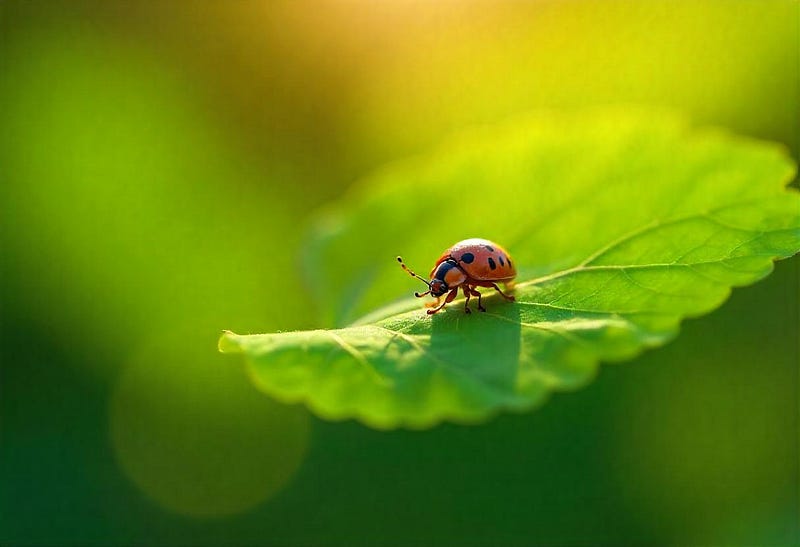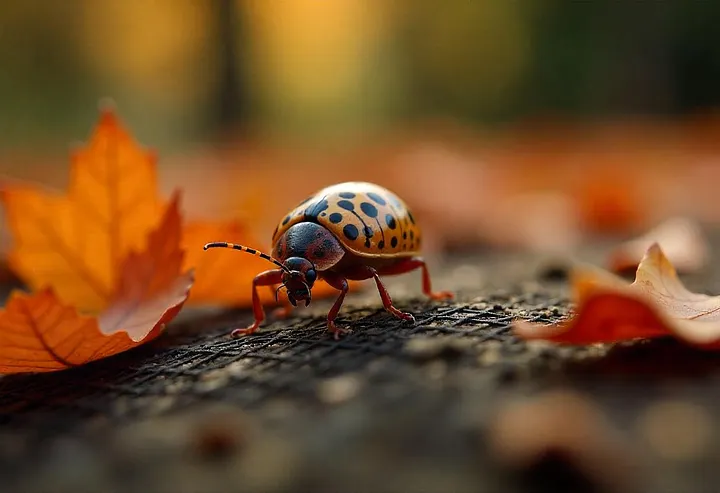Pill Bugs in Garden: Top 5 Key Facts & Control Tips (Revamped)
Ever noticed how quickly decaying plant matter disappears in your garden? You can thank pill bugs for that. These tiny crustaceans are nature’s clean-up crew — but don’t be fooled by their helpful side. When their population skyrockets, they can wreak havoc on your young plants and tender seedlings.
🌿 Understanding the Pill Bug Problem
Sure, pill bugs (aka Armadillidium vulgare) break down dead organic matter and enrich your soil — but too much of a good thing can spell disaster. Overpopulated, they can turn from helpful decomposers into garden destroyers overnight. The trick is balance: appreciating their role, but knowing how to keep them in check.
🧠 Top 5 Key Takeaways
- Nature’s Recycler: Pill bugs feed on decomposing organic matter, improving soil fertility.
- Too Wet = Too Many: Moist environments boost their numbers fast.
- Fruit Trap Magic: A simple fruit trap can drastically cut their population.
- Dry It Out: Reduce moisture and rot in the garden to make it less appealing.
- Raised Beds Rule: They create a barrier, keeping pill bugs at bay.
🔍 Pill Bug Basics: Who Are These Guys?
These land-dwelling crustaceans are about ¼ to ⅝ inches long with 14 legs and a fondness for damp, dark places. Active at night, pill bugs love hiding under mulch, logs, and stones. They don’t bite or sting, but their appetite for seedlings and soft plant tissues makes them a garden threat when left unchecked.
They reach maturity around one year of age and live up to two years — plenty of time to multiply and munch their way through your garden.
🌱 Friends or Foes? The Dual Role of Pill Bugs
In moderation, pill bugs are brilliant. They:
- Break down dead plant material
- Recycle nutrients back into the soil
- Support healthy decomposition
But if you’ve got wet soil, decaying leaves, or over-mulching, you’re throwing a pill bug party. And when their numbers swell, your plants suffer.
🚨 Spotting the Damage
Wondering if pill bugs are behind your garden’s decline? Look out for:
- Wilting or yellowing leaves
- Holes in young leaves or roots
- Seedlings mysteriously dying
Young plants are their favorite snack. Check regularly and act fast if you see these signs.

🌼 Yes, They Can Be Helpful Too
Before going scorched-earth on pill bugs, remember: they do a lot of good when under control. In compost piles, they’re like tiny workers turning waste into plant food. In a balanced ecosystem, they’re beneficial bugs — not enemies.
Benefits include:
- Speeding up composting
- Enhancing soil texture and fertility
- Coexisting peacefully with other beneficial insects
❌ When Pill Bugs Go Rogue
Too many pill bugs can turn helpful decay into full-on destruction. Over-mulched beds and soggy soil make perfect breeding grounds. You’ll know they’ve crossed the line when your seedlings vanish overnight.
Risk Factors:
- Excess mulch or compost
- Poor drainage
- Rotting plant matter
🌿 Natural Pill Bug Control: The Eco-Friendly Approach
Ready to fight back? Try these natural methods:
- Reduce moisture: Water less, improve drainage.
- Limit hiding spots: Clear away rocks, debris, and excessive mulch.
- Use coffee grounds: They hate it. Sprinkle around plants.
- DIY soap spray: Mix dish soap and water — simple and effective.
- Plant repellents: Herbs like basil, mint, and rosemary help deter them.
- Homemade traps: Beer or fruit traps work wonders overnight.
- Beneficial nematodes: These microscopic worms prey on pill bug larvae.
🧪 Chemical Solutions (Use with Caution)
When natural methods aren’t enough, targeted chemicals can help:
- Valar Plus Bifenthrin Granules: Long-lasting soil treatment.
- Supreme IT Insecticide: Kills over 70 types of pests, including pill bugs.
Use tips:
- Follow label instructions precisely.
- Apply every 90 days if needed.
- Focus sprays 3 ft. up and out from your home’s foundation.

💡 Make Your Garden Less Inviting
To prevent infestations before they start:
- Improve drainage and reduce standing water.
- Clear out leaf litter, logs, and excess mulch.
- Install raised beds to lift plants above damp soil.
- Rotate crops and use companion plants like marigolds.
Bonus tip: Seal cracks and use dehumidifiers near your home’s foundation to prevent indoor intrusions.
🛡️ Protecting Your Plants
Shield your vulnerable seedlings with:
- Collars: Newspaper or duct tape rings around stems.
- Cups: Use plastic or paper cups with the bottoms cut out to guard young plants.
- Smart planting: Avoid pill bug favorites like strawberries and squash if infestations are common.
✅ Final Thoughts
Pill bugs can be both garden allies and stealthy invaders. Knowing when they cross the line—and how to respond—gives you the upper hand. Use a blend of prevention, natural remedies, and, when necessary, strategic treatments to keep your garden balanced, your soil healthy, and your plants thriving.
Control the crowd, and let the good bugs do their job. 🌿🐛💪



Comments
Post a Comment